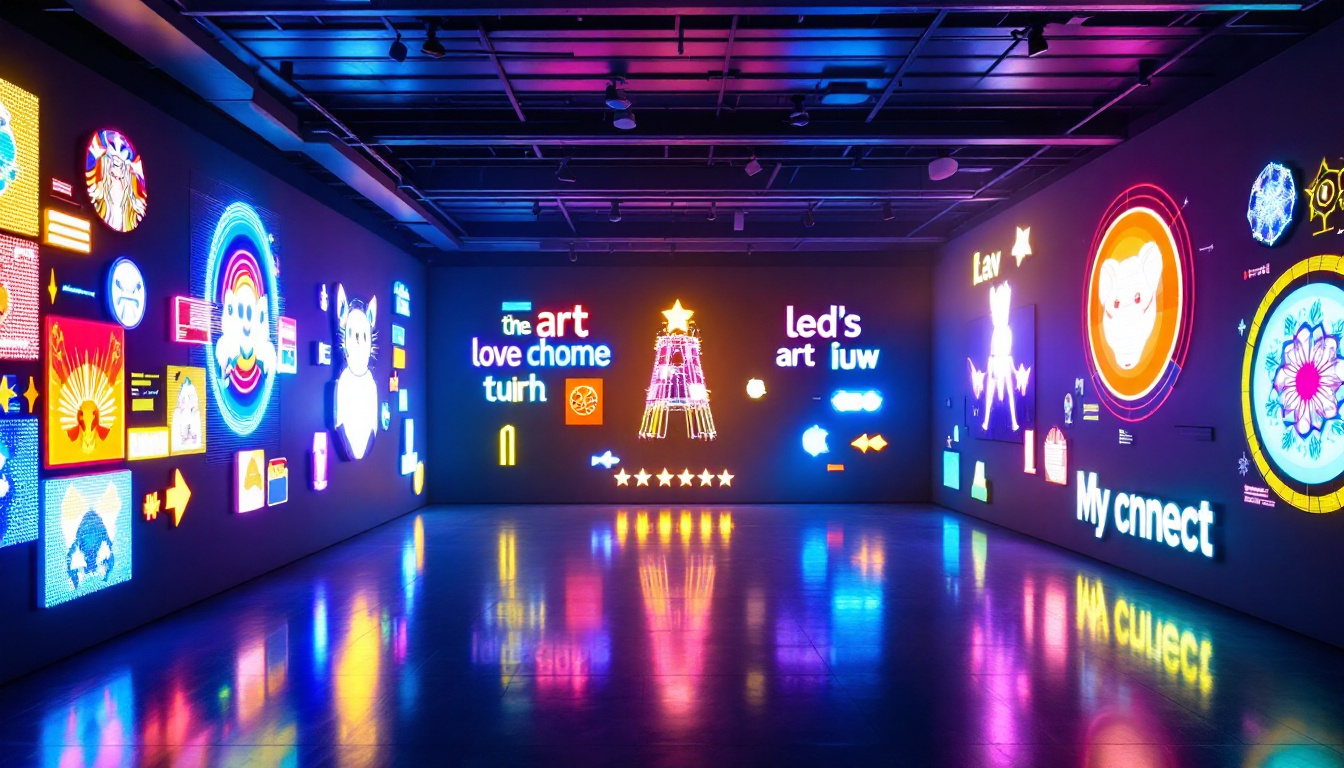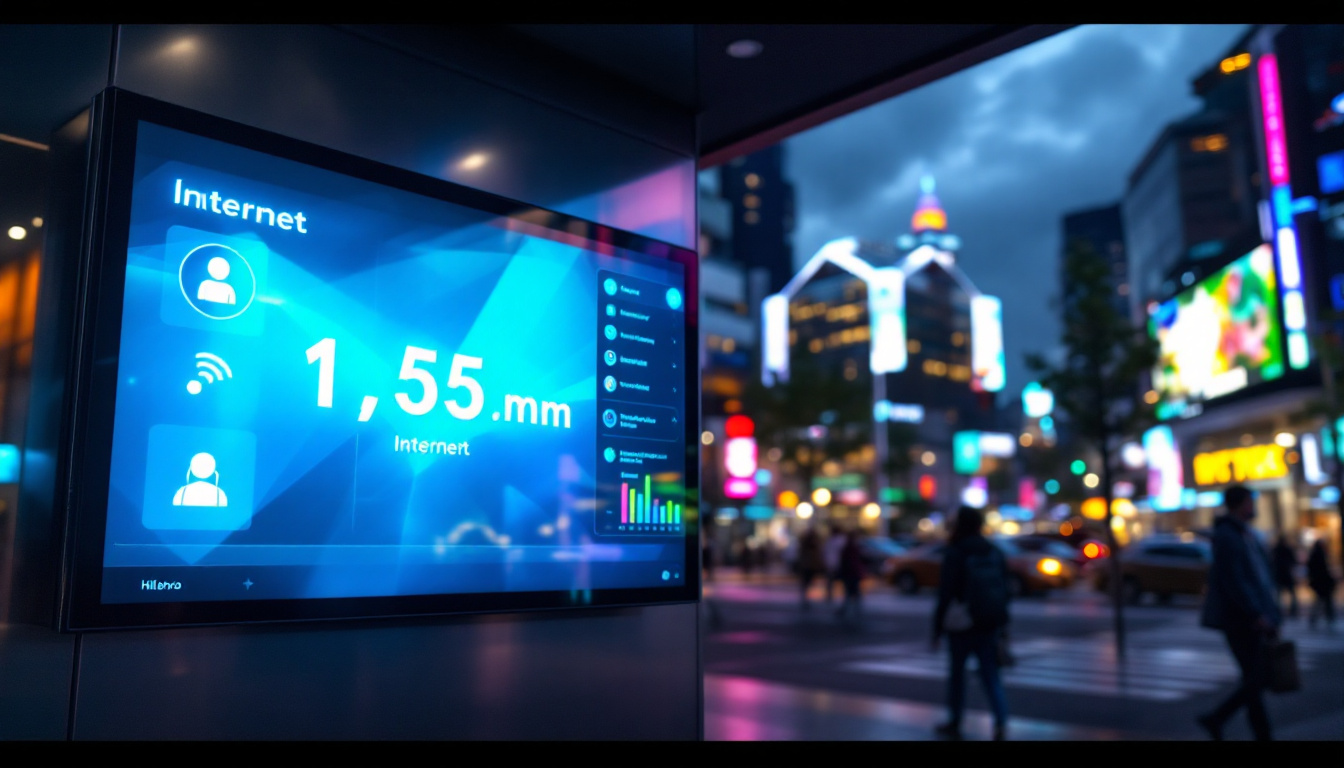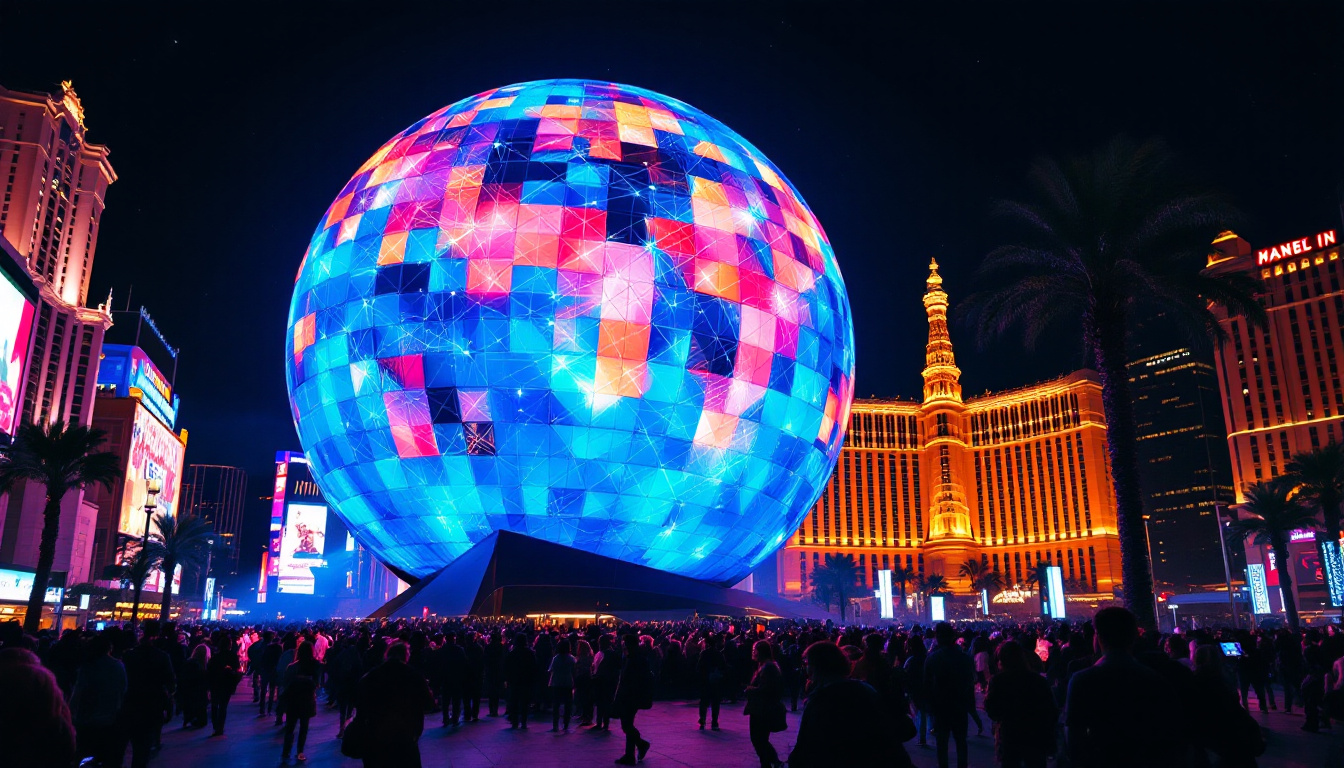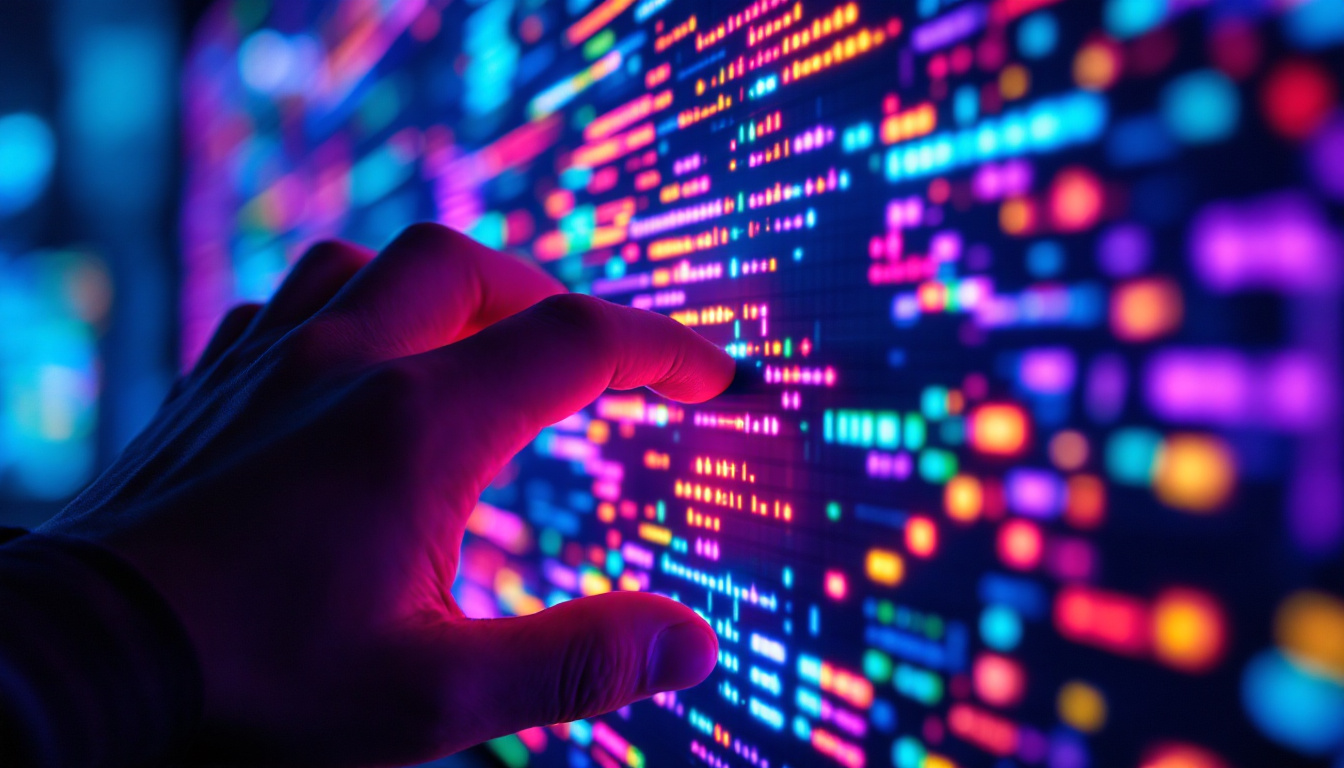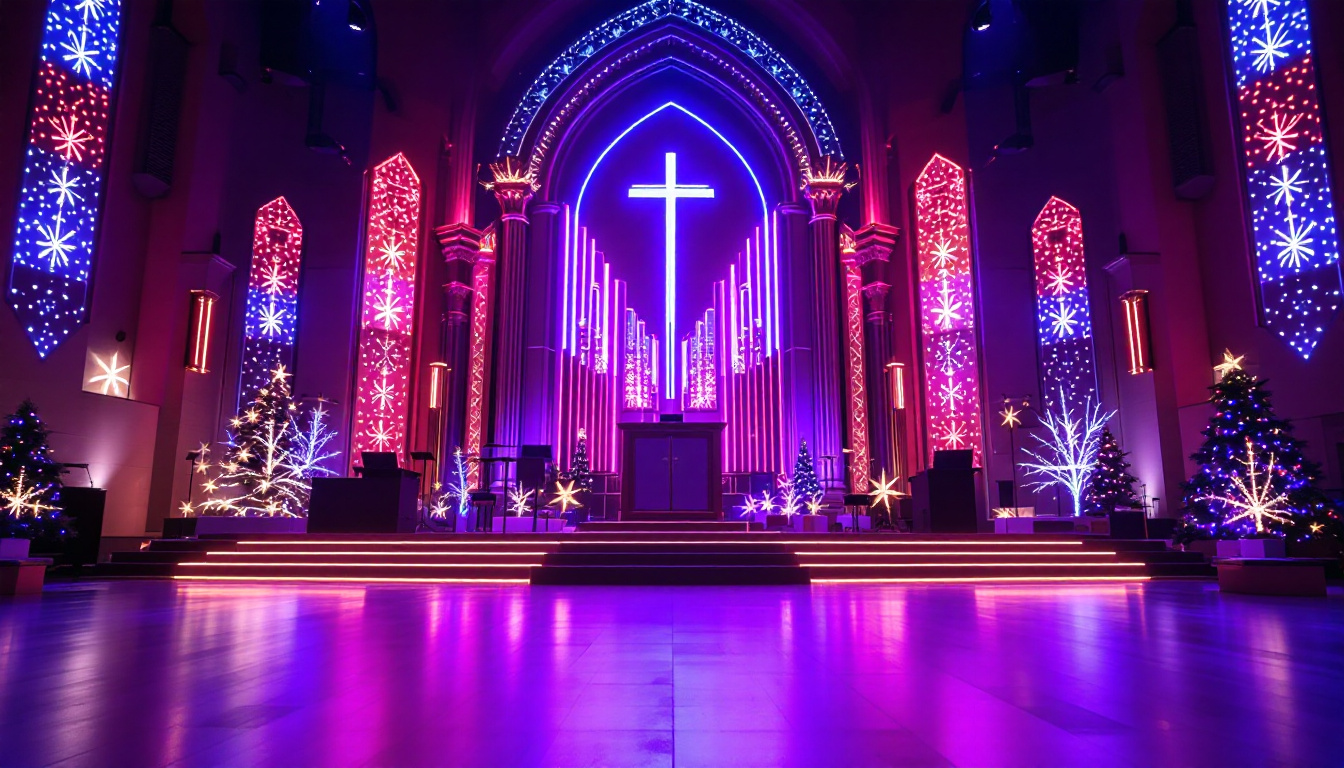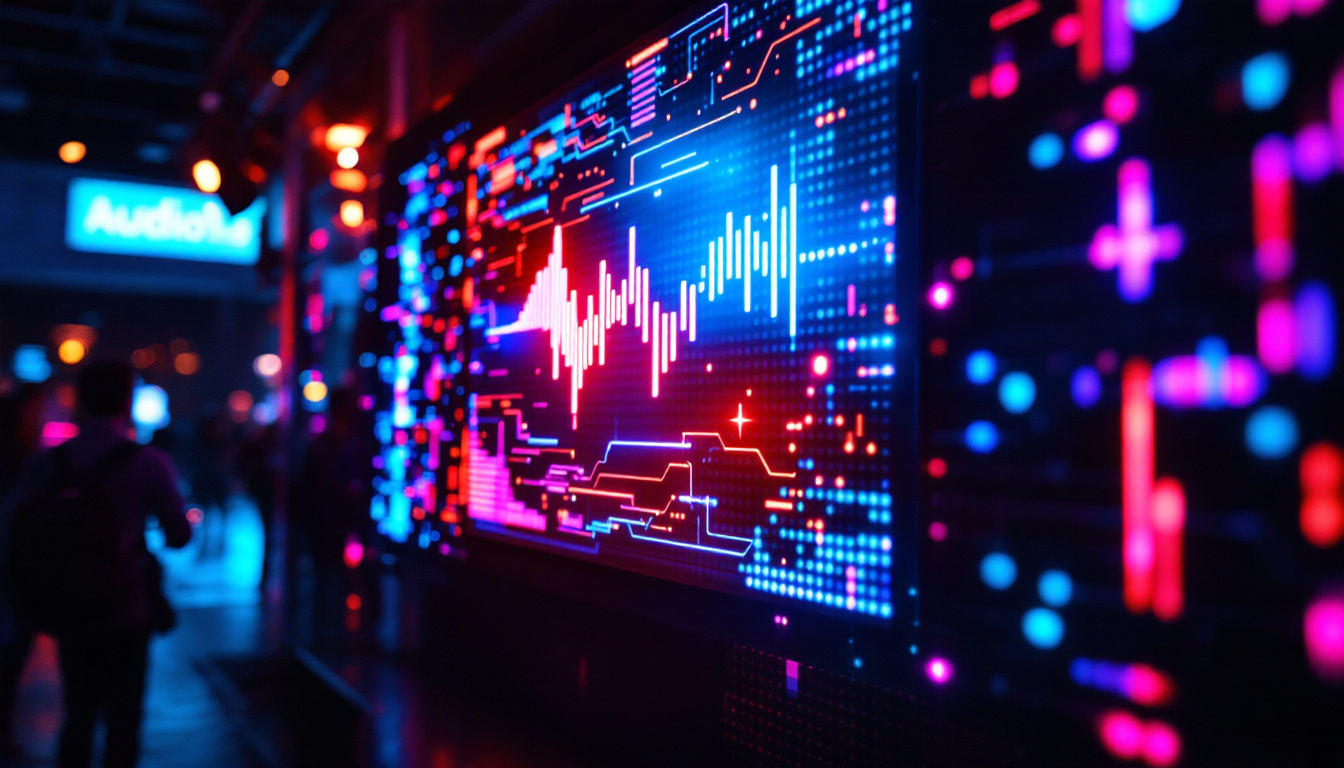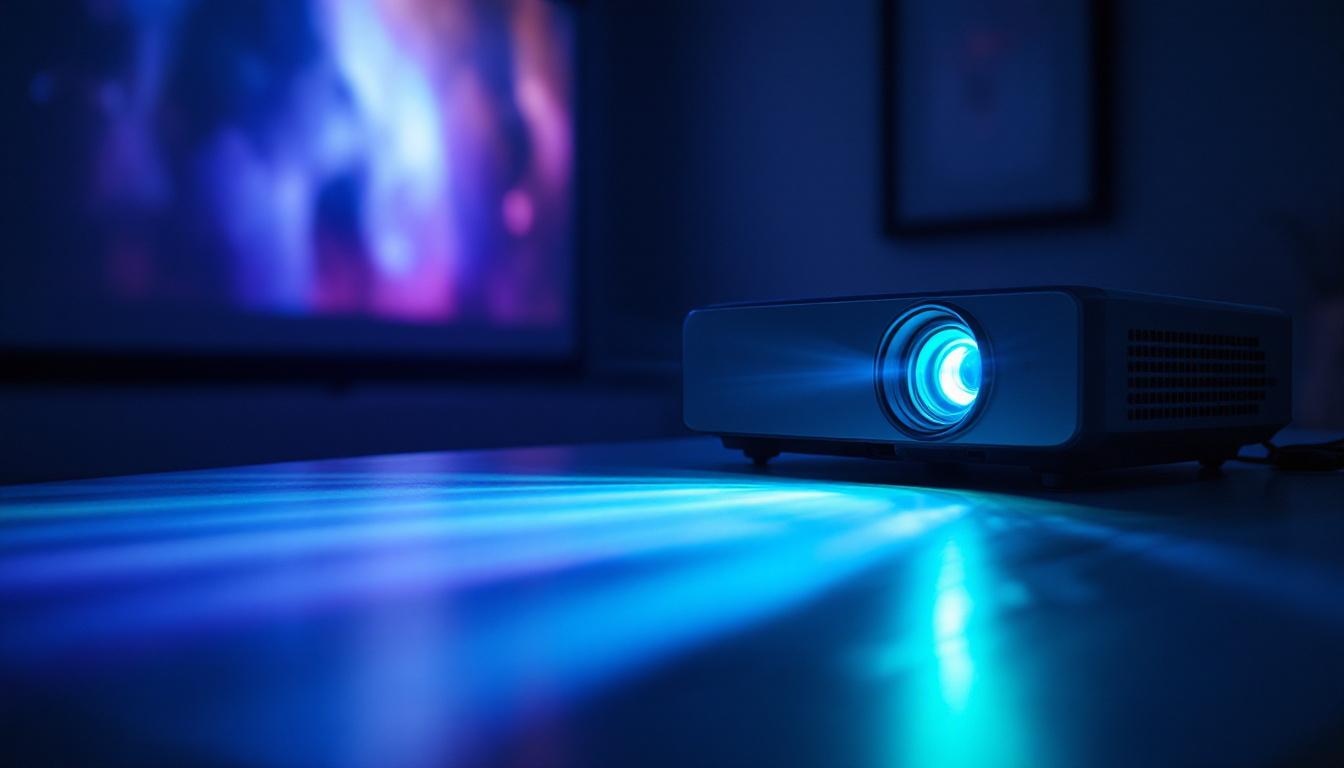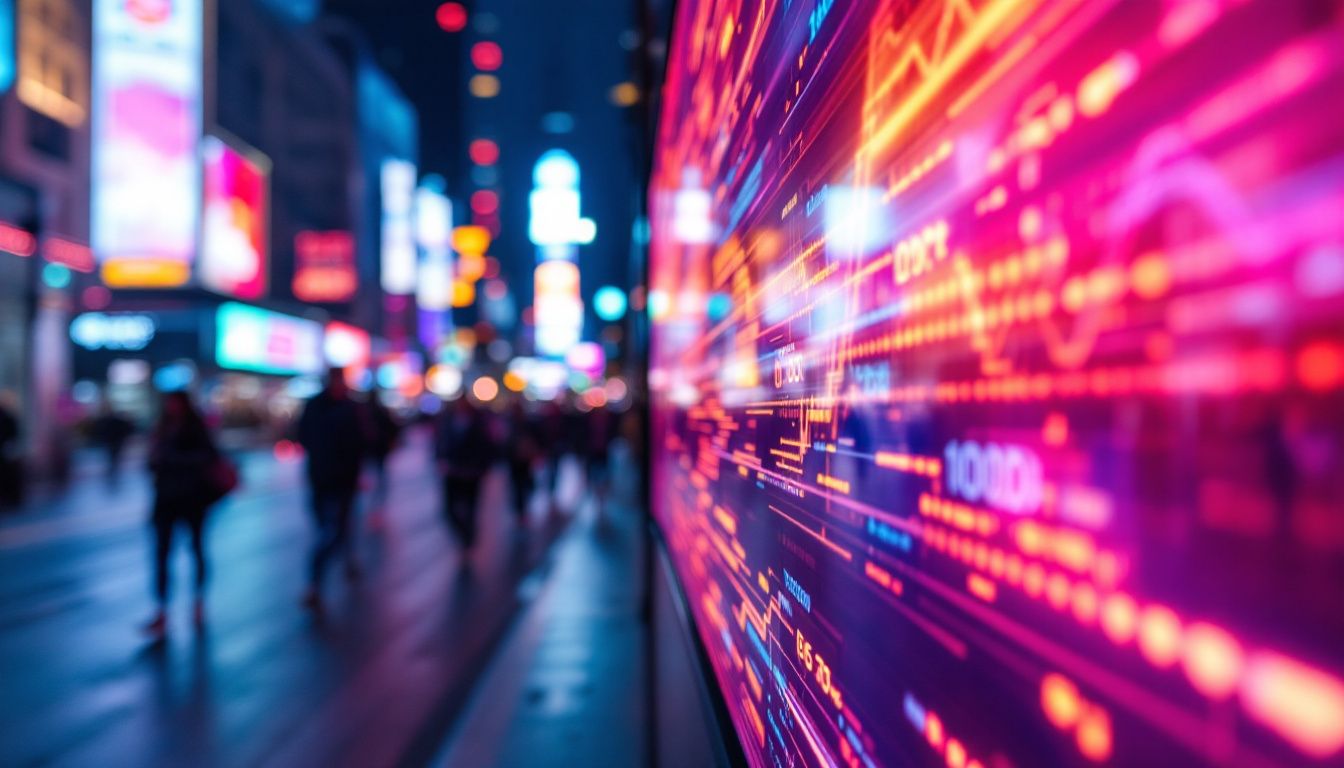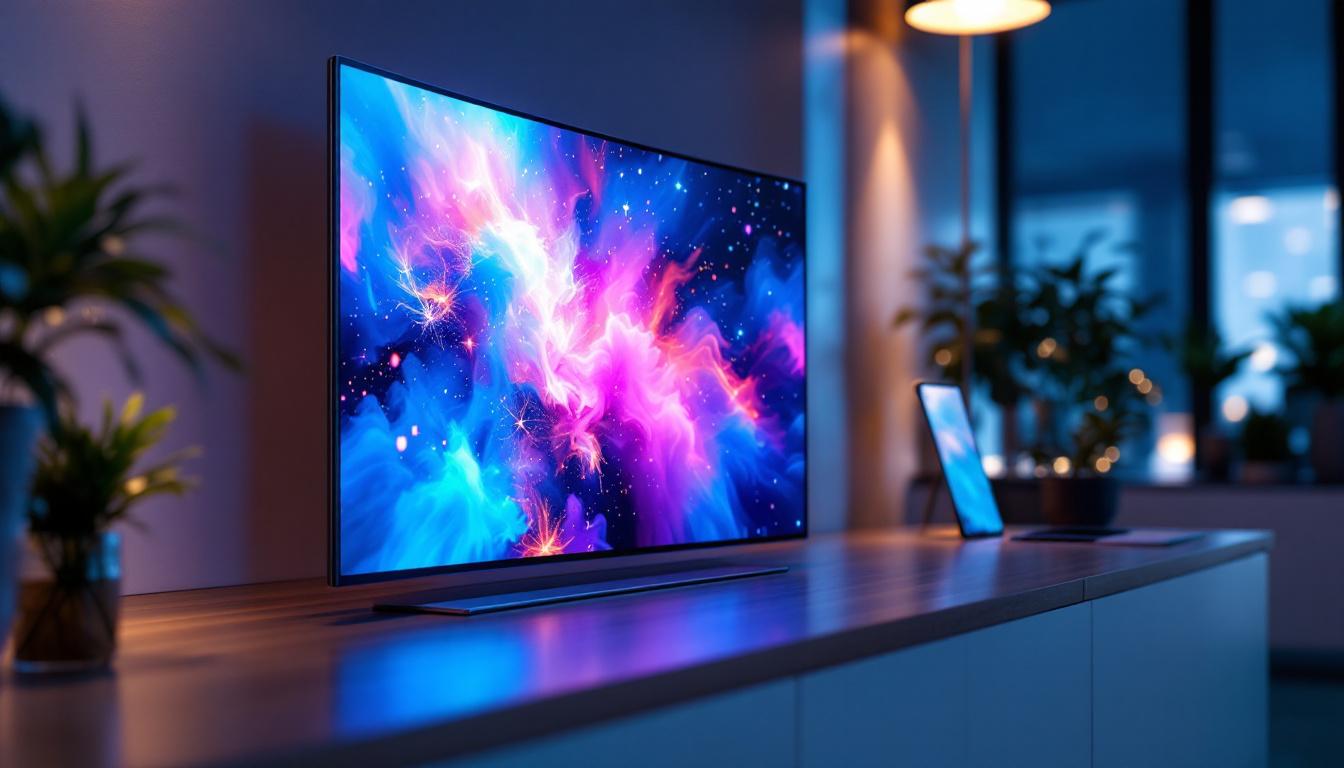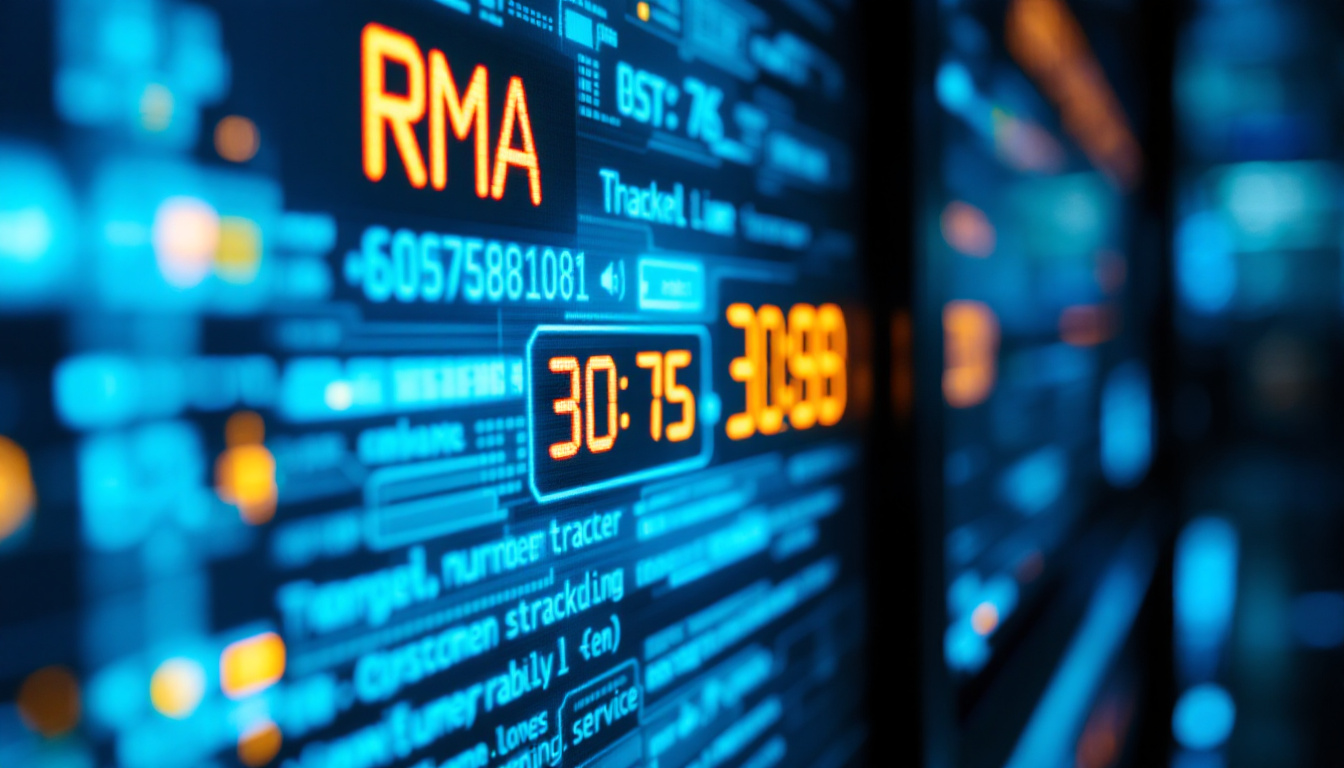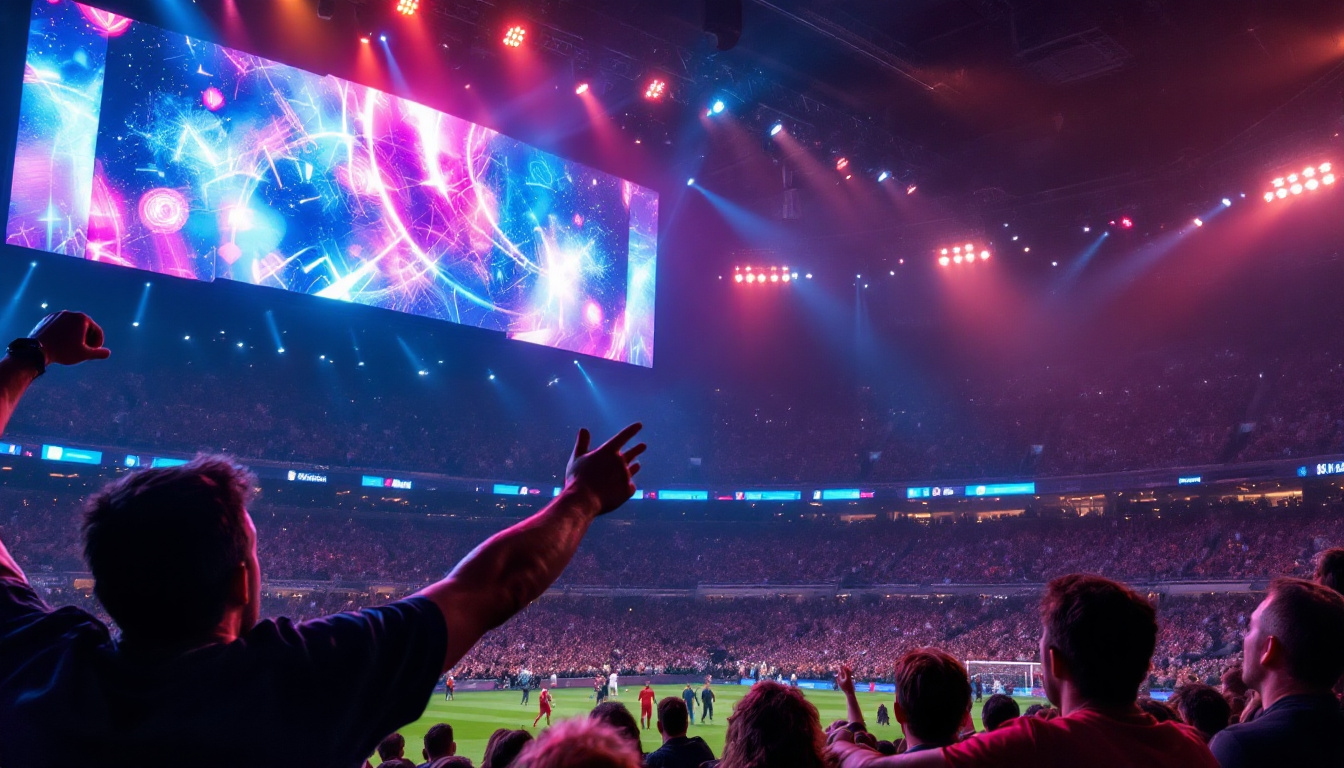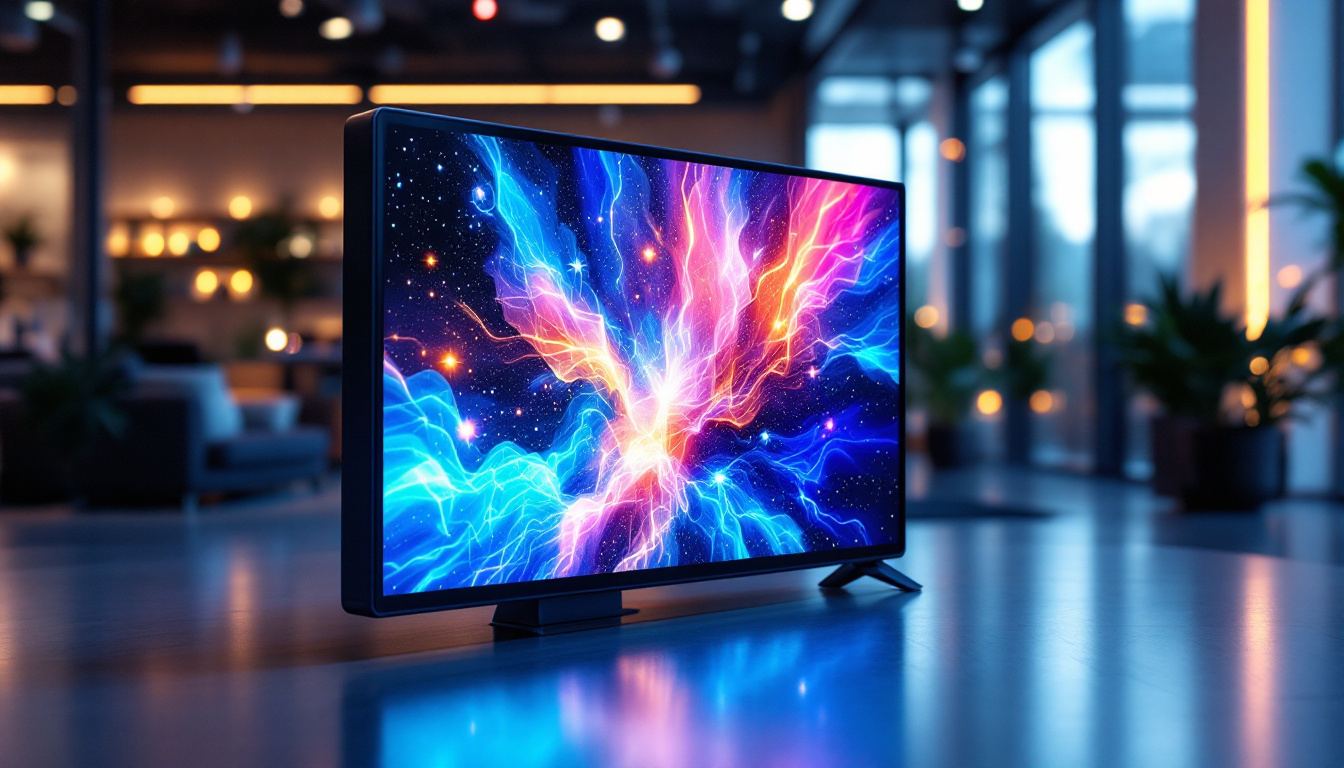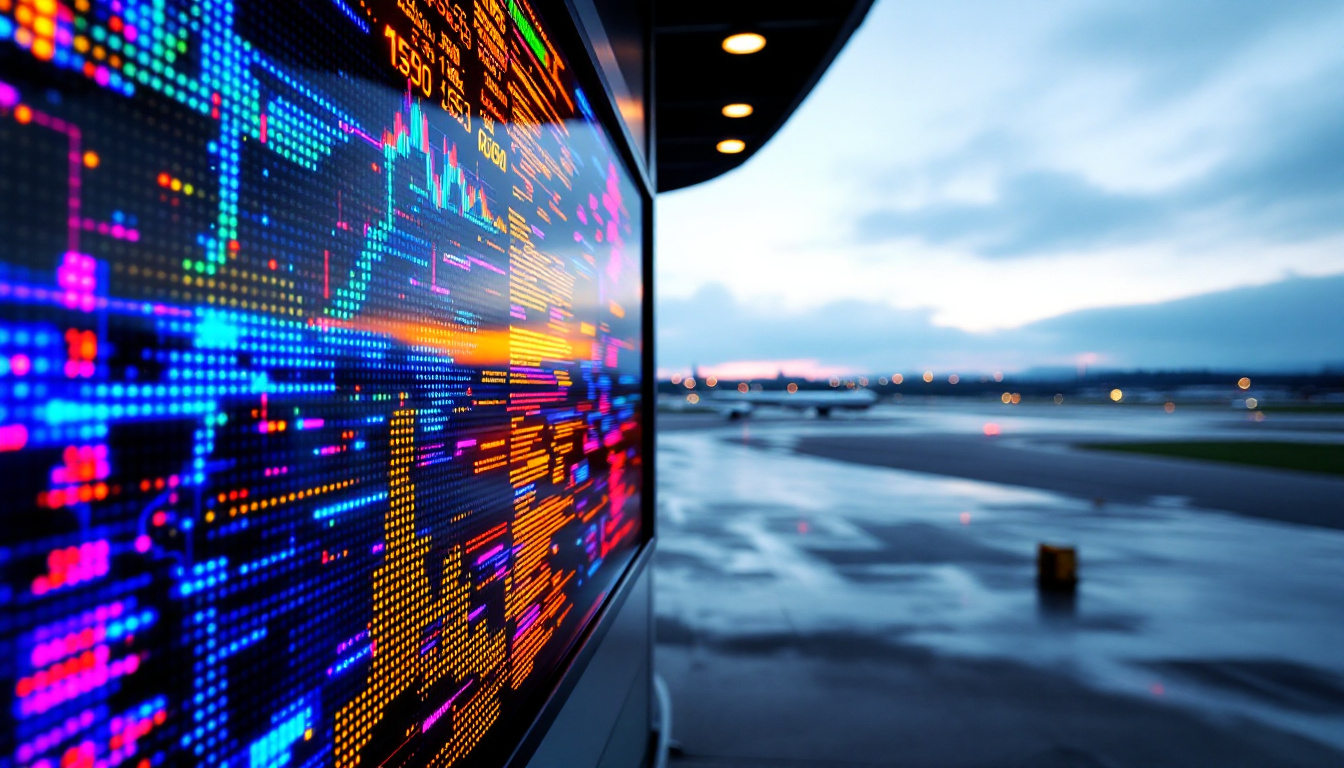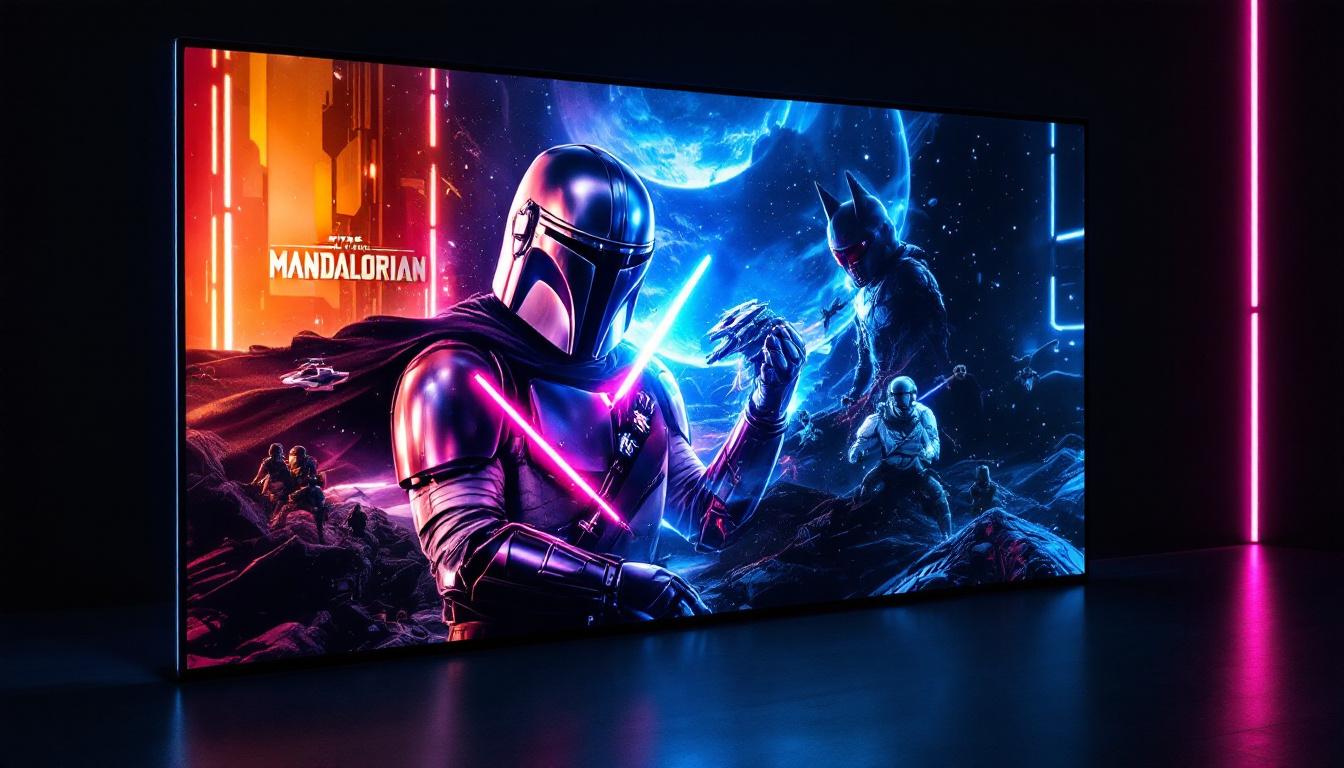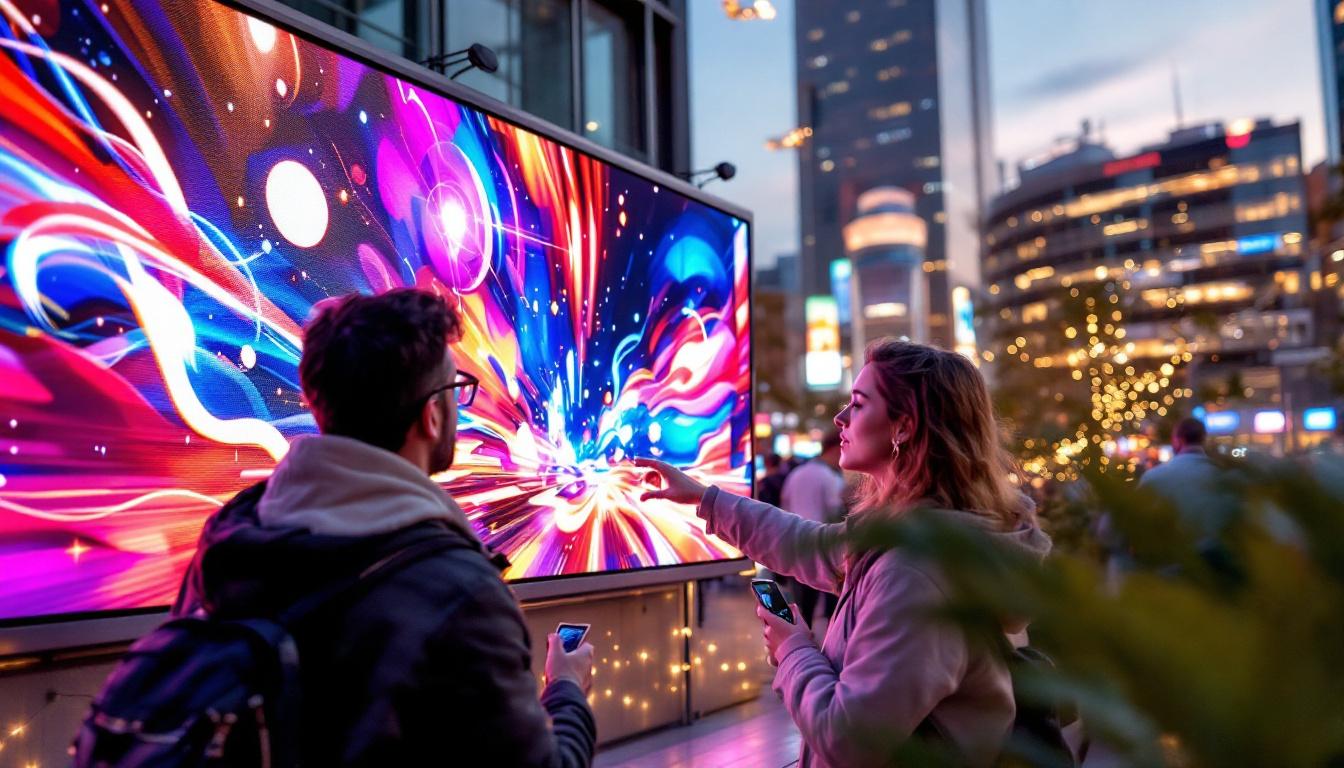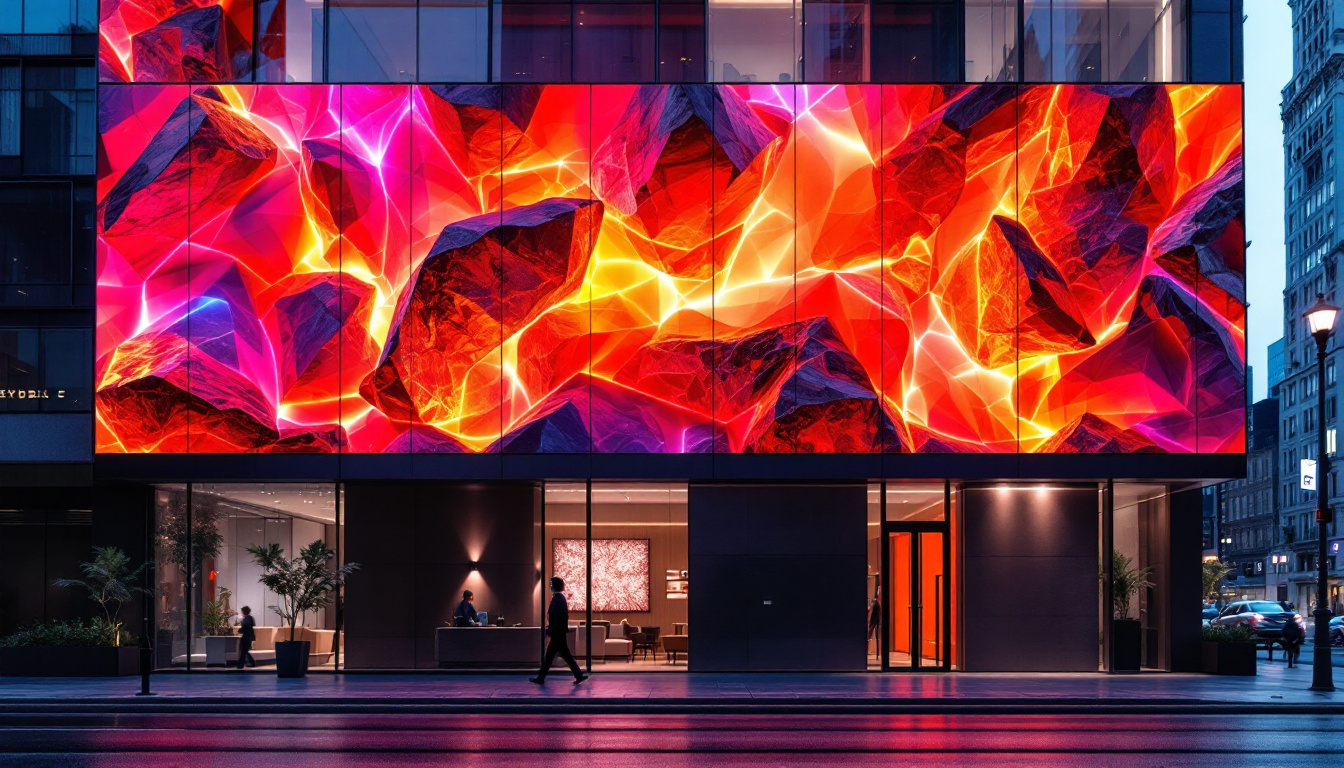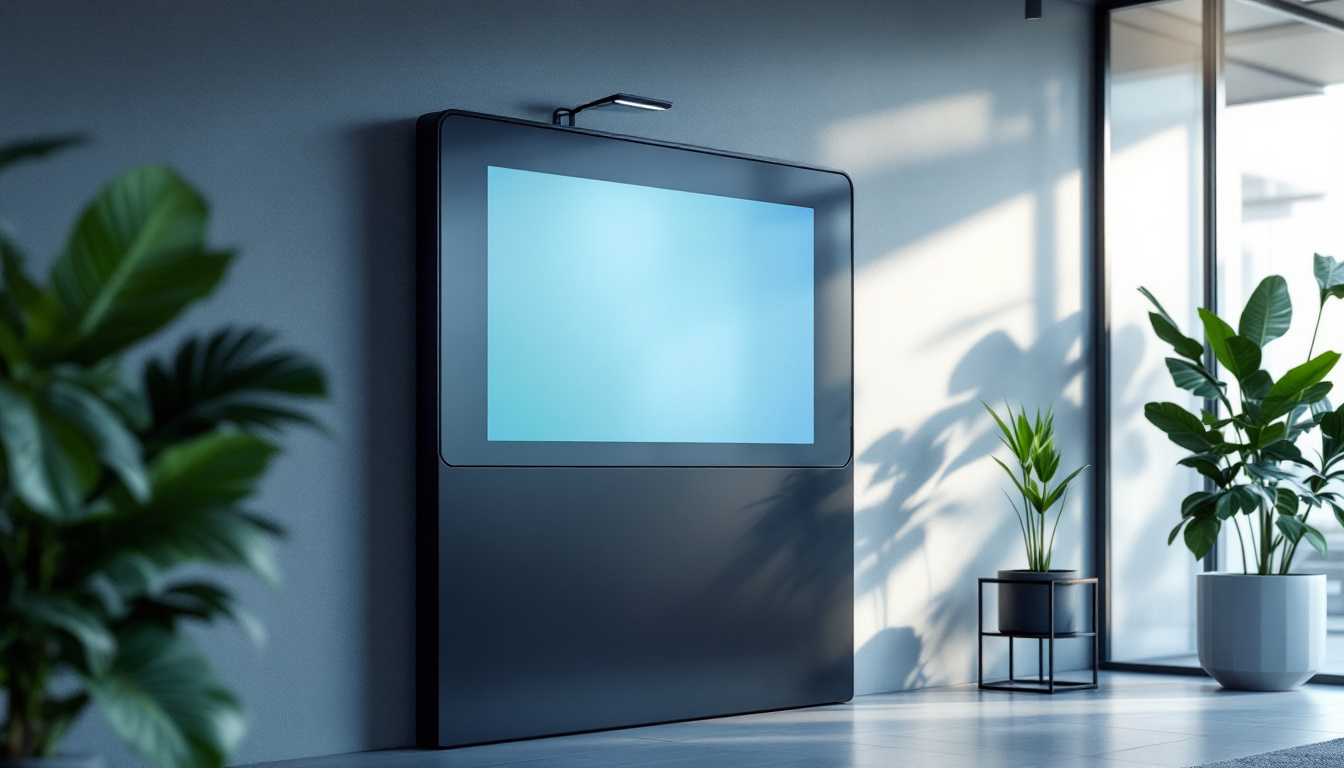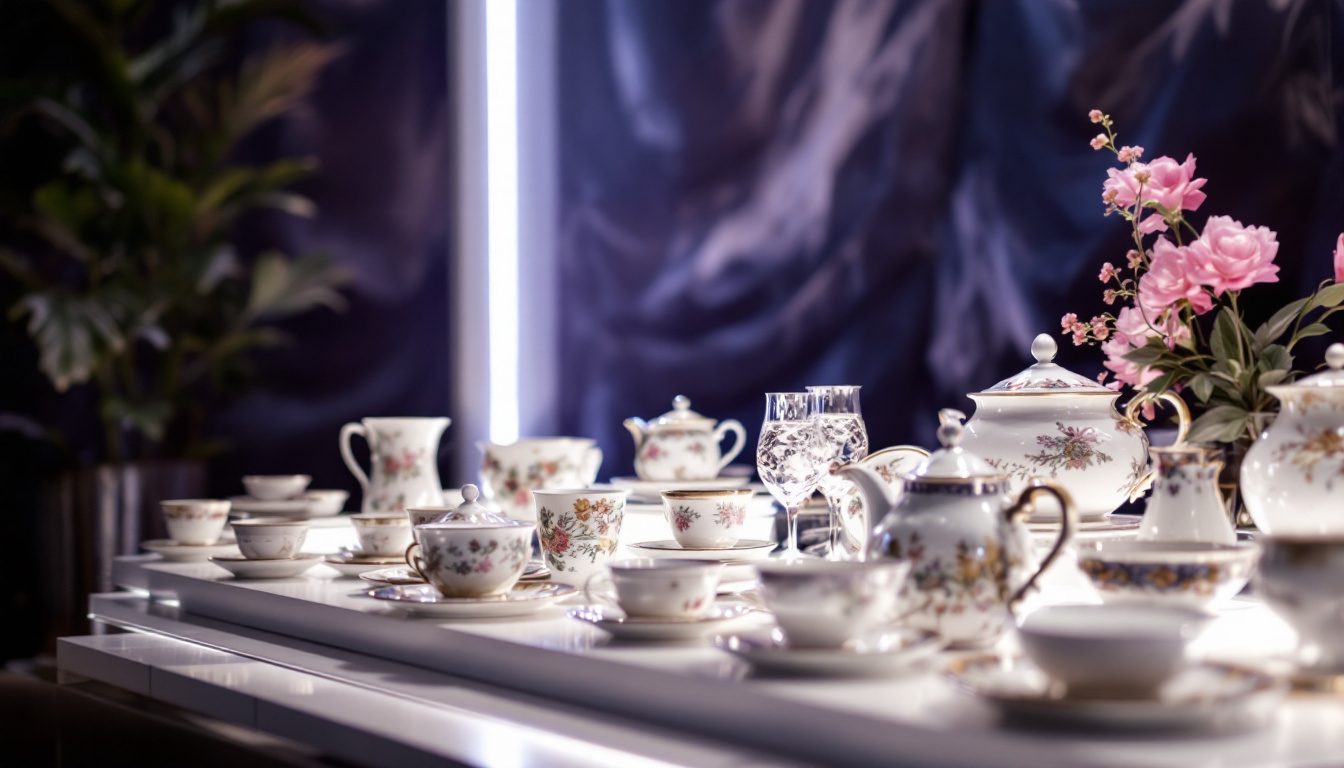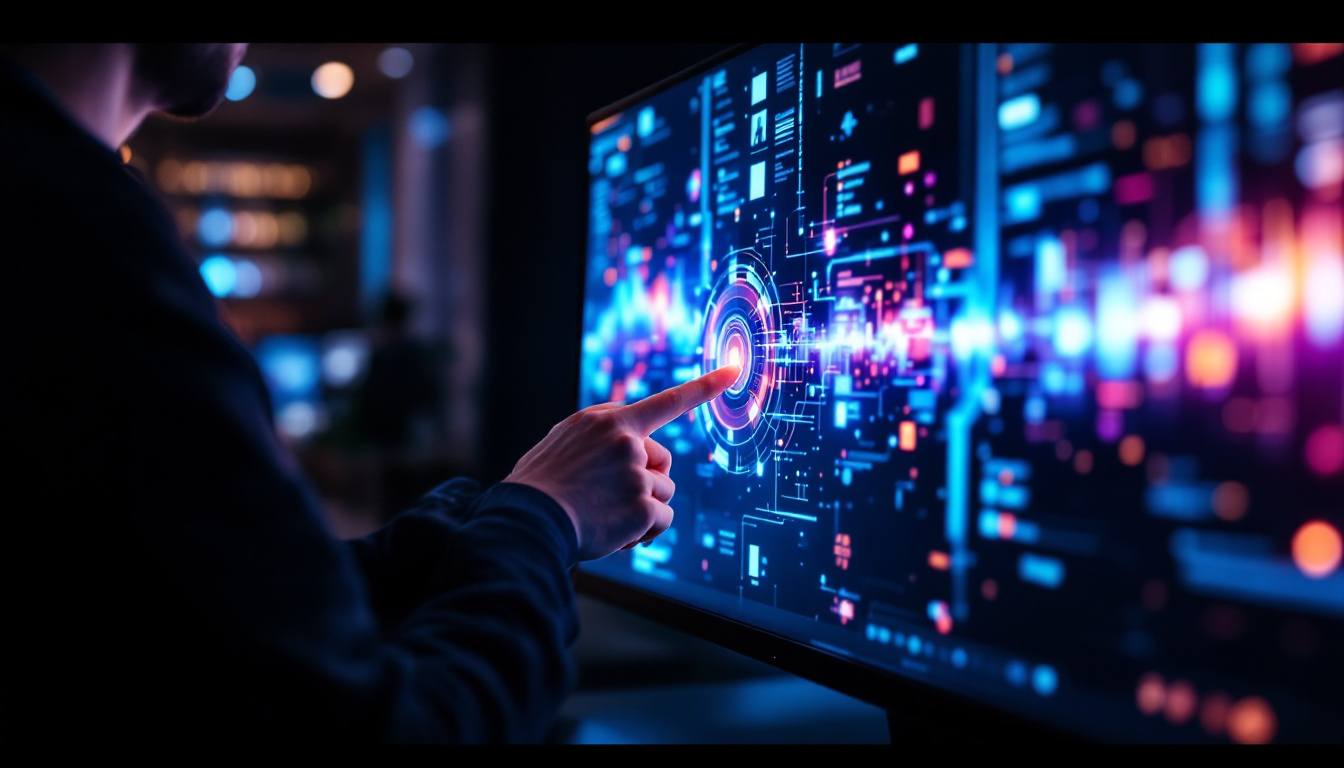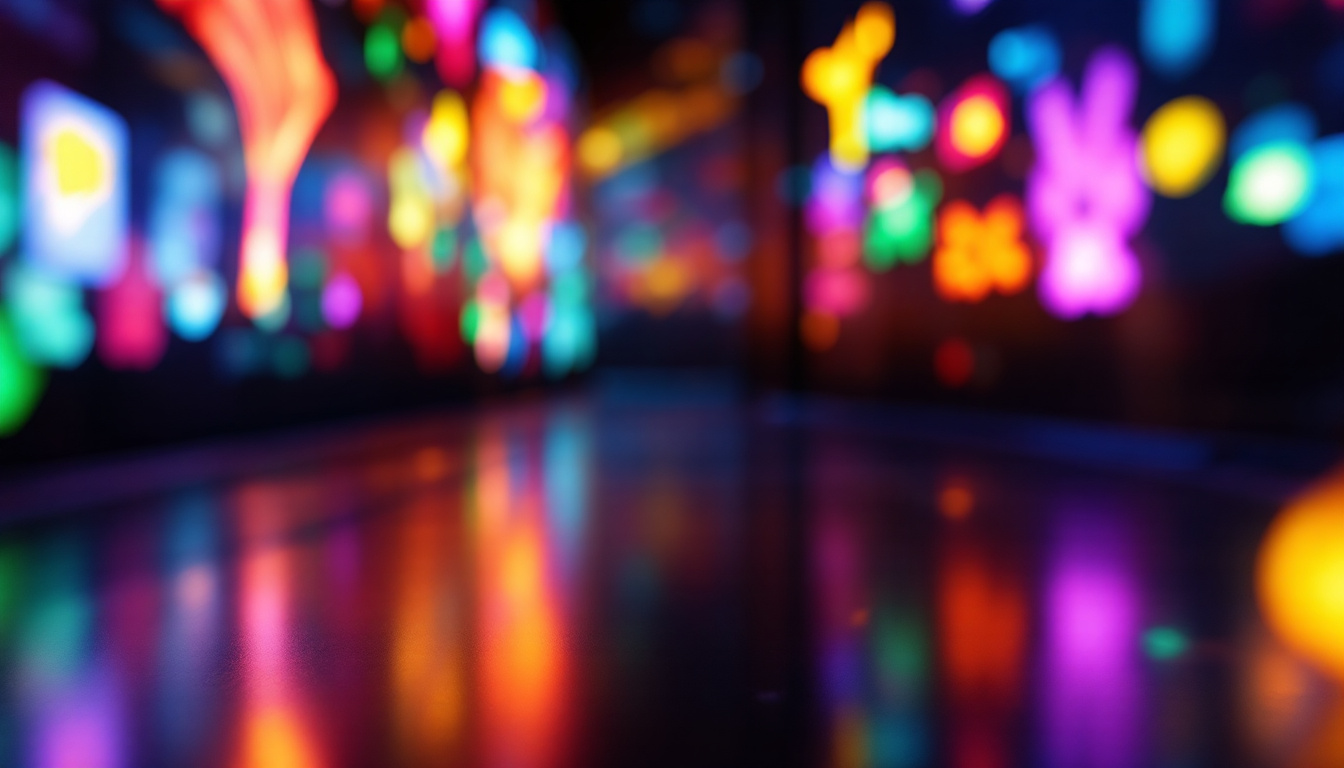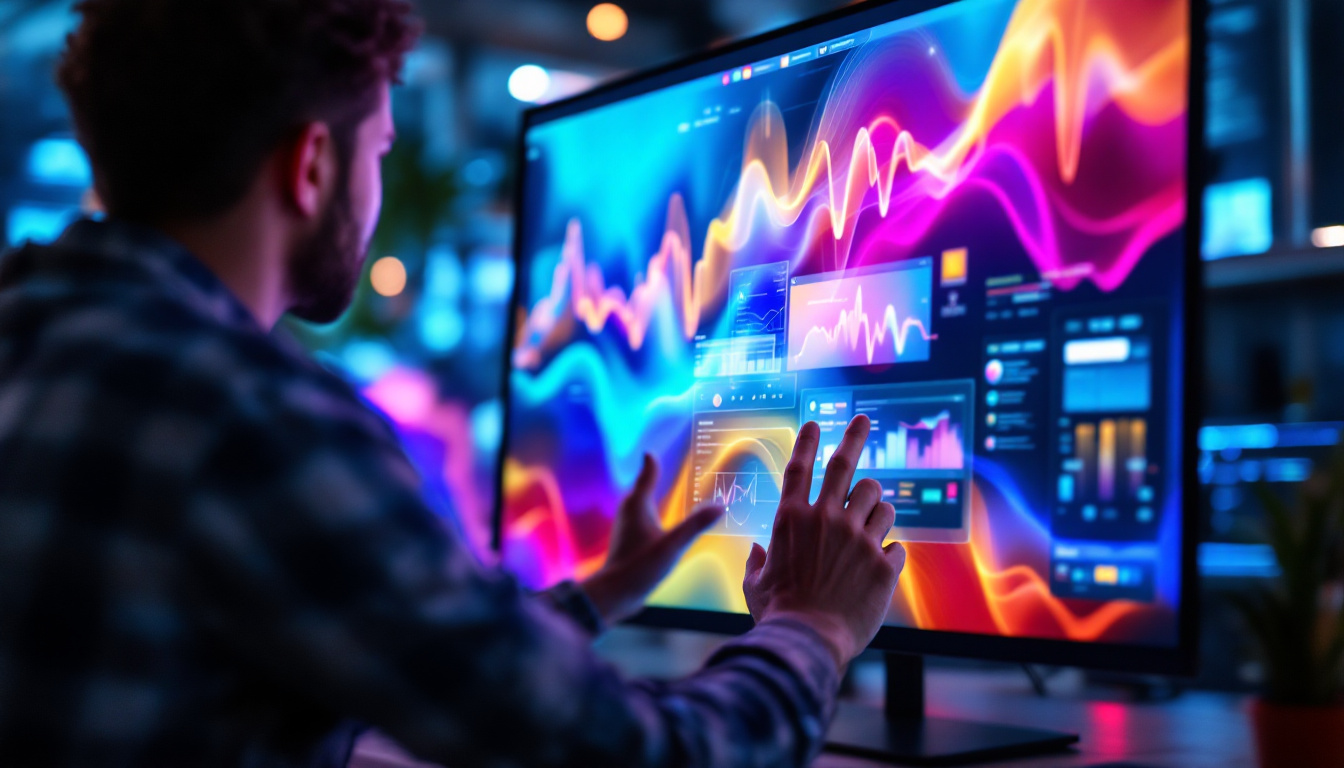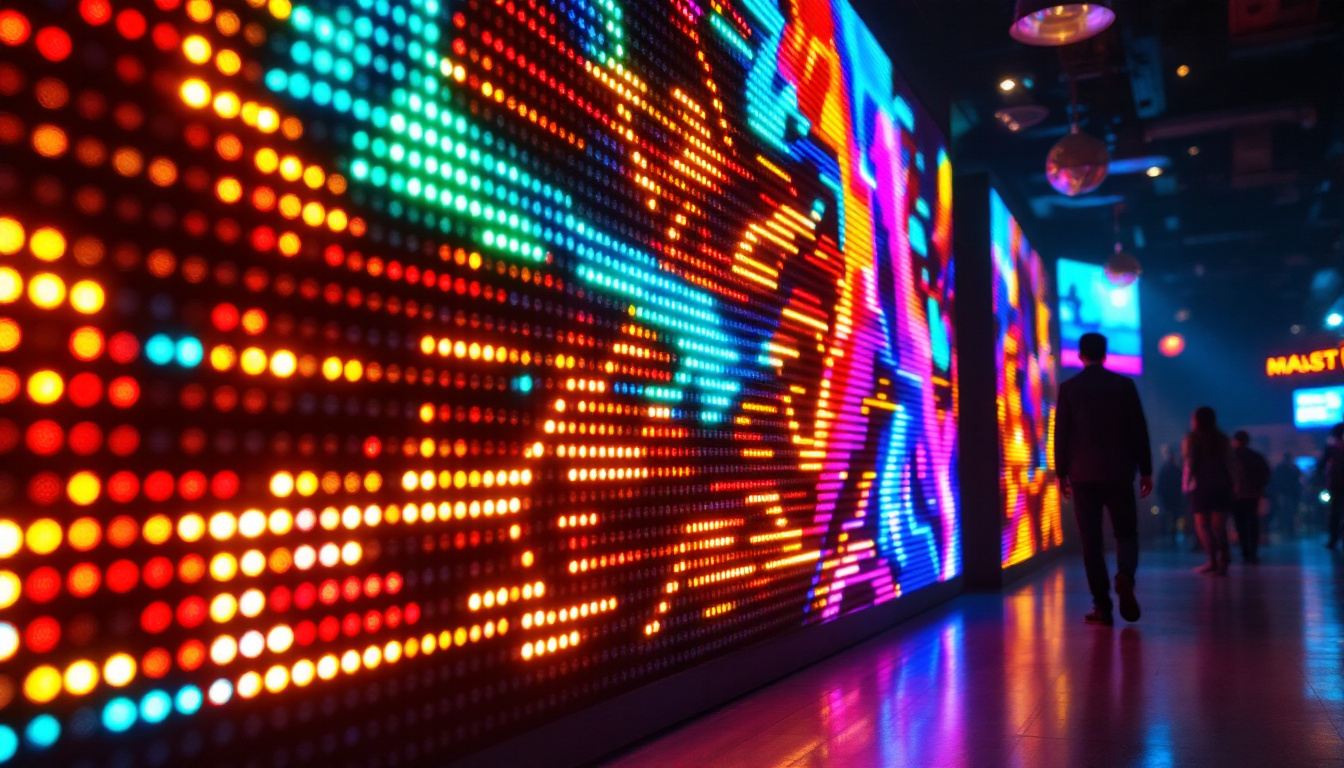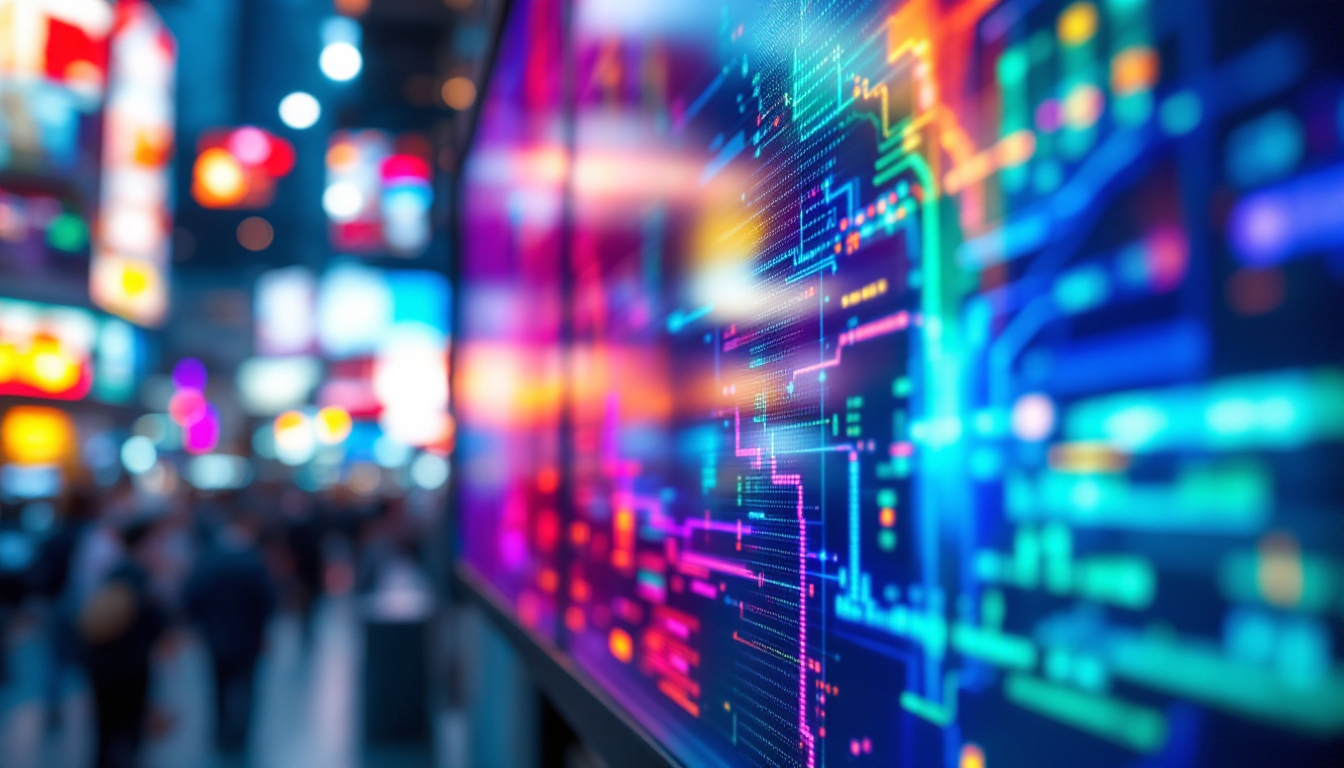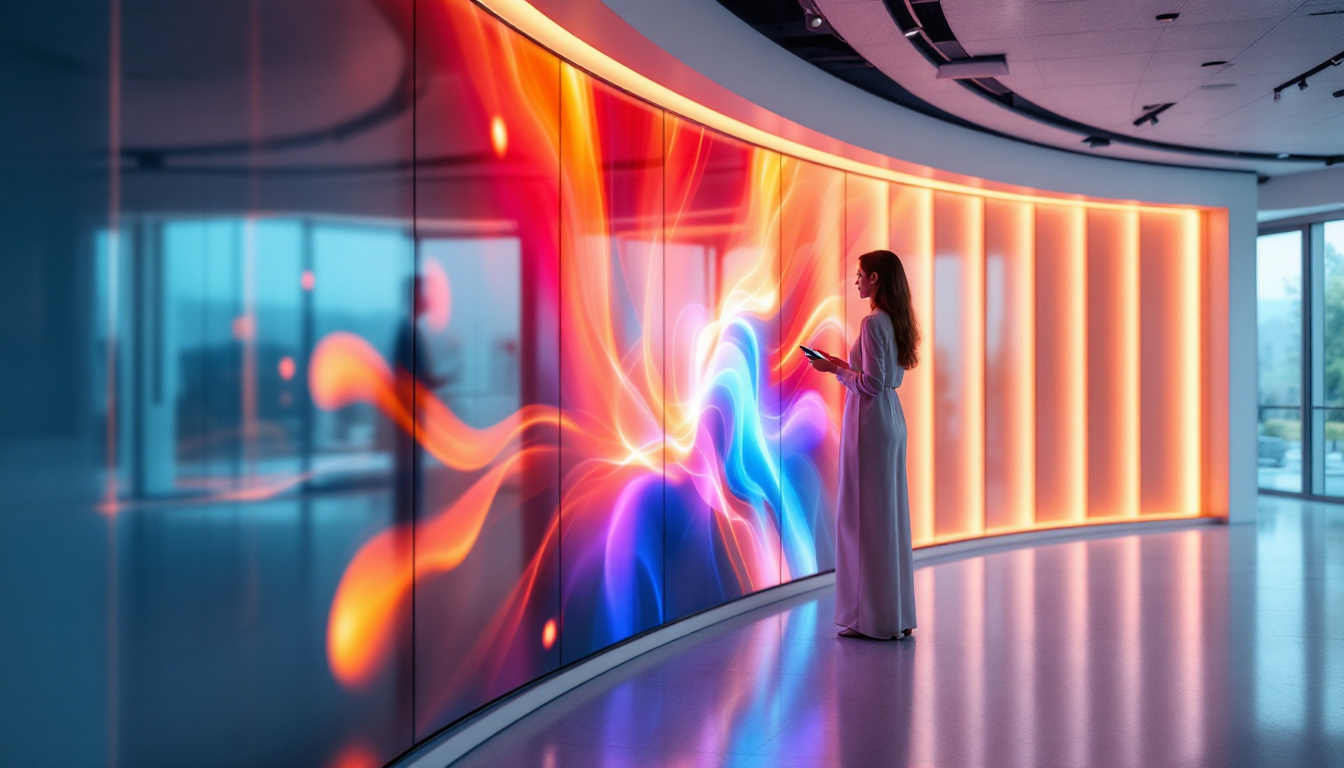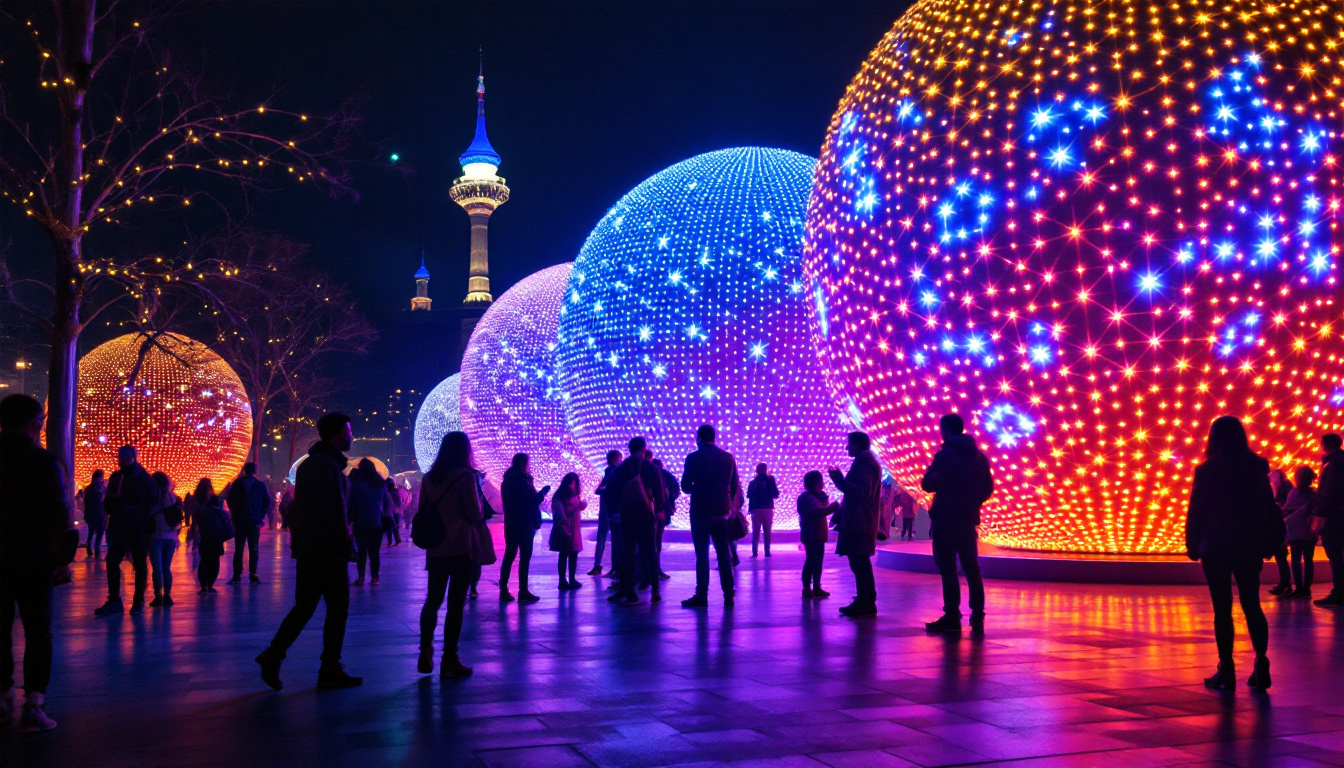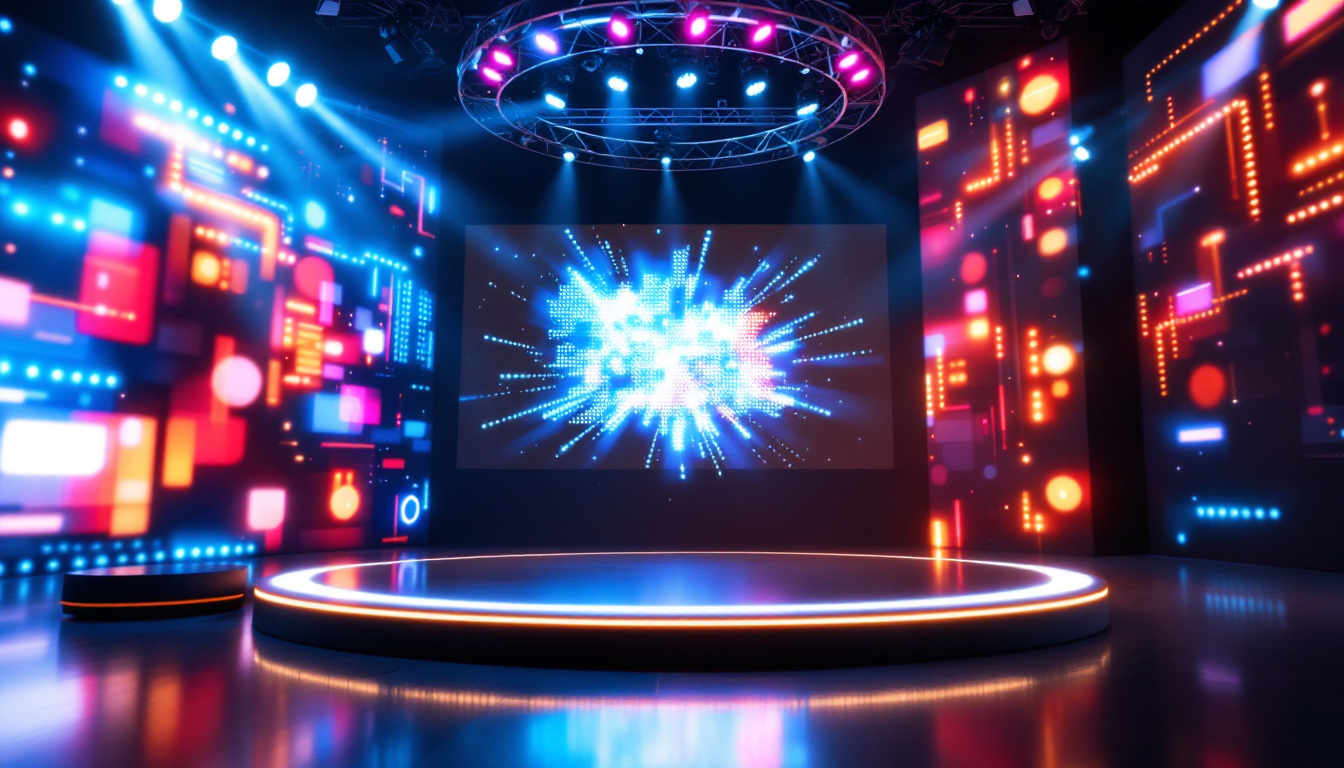In the realm of modern art, digital displays have emerged as a revolutionary medium, allowing artists to showcase their work in innovative ways. Among the various technologies available, LED displays stand out for their vibrant colors, energy efficiency, and versatility. This article delves into the intricacies of LED displays, exploring their applications in digital art and the advantages they offer over traditional display methods.
Understanding LED Technology
LED, or Light Emitting Diode, is a semiconductor device that emits light when an electric current passes through it. The technology has evolved significantly since its inception, leading to various applications across different fields, including digital art. Understanding how LED technology works is crucial for appreciating its role in art displays. The versatility of LEDs has made them a popular choice not only in artistic endeavors but also in architectural lighting, automotive lighting, and even in everyday household applications, transforming the way we perceive and interact with light.
The Basics of LED Functionality
At its core, an LED consists of a chip made from a combination of materials that produce light when energized. The efficiency and brightness of an LED depend on the materials used and the design of the diode. Unlike traditional incandescent bulbs, LEDs are much more energy-efficient and have a longer lifespan, making them an ideal choice for continuous use in art displays. Additionally, the low heat output of LEDs allows them to be used in environments where heat-sensitive materials are present, further expanding their utility in creative settings.
Types of LED Displays
There are several types of LED displays, each suited for different applications. Some of the most common types include:
- Direct View LED Displays: These displays consist of individual LED modules that are assembled to create a larger screen. They are commonly used for large-scale installations, such as outdoor billboards and concert backdrops. The modular nature of direct view displays allows for easy customization in size and shape, making them a favorite among artists looking to create immersive experiences.
- LED Backlit Displays: These screens utilize LEDs to illuminate an LCD panel from behind. This technology is prevalent in televisions and computer monitors, providing enhanced brightness and contrast. The ability to control the backlighting also enables dynamic range adjustments, which can be particularly useful in showcasing artwork with intricate details.
- Organic LED (OLED) Displays: A more advanced form of LED technology, OLEDs use organic compounds to emit light. They are known for their exceptional color accuracy and flexibility, making them suitable for artistic applications. The thinness and lightweight nature of OLEDs allow for innovative designs, such as curved screens or even transparent displays, pushing the boundaries of traditional art forms.
As the technology continues to advance, new developments are emerging that further enhance the capabilities of LED displays. Innovations such as microLED technology promise even greater brightness and efficiency, while also allowing for higher pixel densities. This means that artists can create even more detailed and vibrant works that can captivate audiences in ways previously thought impossible. Moreover, the integration of smart technology into LED displays is paving the way for interactive art installations, where viewers can engage with the artwork through motion sensors or mobile applications, creating a dynamic dialogue between the art and its audience.
The Role of LED Displays in Digital Art
LED displays have transformed the landscape of digital art, providing artists with a dynamic platform to express their creativity. The ability to display vibrant colors and intricate details makes LEDs an attractive option for artists looking to engage their audience. With the rapid advancement of technology, artists are now able to push the boundaries of their work, experimenting with new forms and techniques that were previously unimaginable. This evolution has led to a renaissance in digital art, where traditional mediums blend seamlessly with cutting-edge technology.
Dynamic Visual Experiences
One of the most significant advantages of LED displays is their ability to create dynamic visual experiences. Artists can incorporate motion, color changes, and interactive elements into their work, captivating viewers in ways that static displays cannot. This interactivity not only enhances the aesthetic appeal but also fosters a deeper connection between the artwork and the audience. For instance, some artists have begun to utilize sensors that respond to viewer movements, allowing the artwork to change in real time based on the audience’s engagement. This level of interactivity invites viewers to become part of the artwork, turning passive observation into an immersive experience.
Installation and Versatility
LED displays can be installed in various environments, from galleries and museums to public spaces and corporate offices. Their versatility allows artists to adapt their work to different settings, whether it be a large outdoor installation or a more intimate indoor display. This adaptability opens up new avenues for artistic expression, enabling artists to reach broader audiences. Additionally, the lightweight and modular nature of LED technology means that artists can easily transport and reconfigure their installations, allowing for a fluidity in presentation that traditional art forms often lack. As a result, we are witnessing a growing trend of pop-up exhibitions and site-specific installations that challenge conventional notions of where and how art can be experienced.
Environmental Considerations
In addition to their aesthetic and practical benefits, LED displays also present an opportunity for artists to engage with environmental themes. The energy efficiency of LED technology compared to traditional lighting means that artists can create large-scale works with a reduced carbon footprint. Some artists are even incorporating sustainable practices into their installations, using solar-powered LED systems or materials that can be easily recycled. This conscious approach not only highlights the importance of sustainability in the art world but also encourages viewers to reflect on their own relationship with technology and the environment.
Advantages of LED Displays
The benefits of using LED displays for digital art are manifold, making them a preferred choice among contemporary artists. Understanding these advantages can shed light on why this technology has gained such popularity.
Energy Efficiency and Longevity
One of the most compelling reasons for choosing LED technology is its energy efficiency. LEDs consume significantly less power compared to traditional lighting options, which translates to lower operational costs. Additionally, their long lifespan—often exceeding 50,000 hours—means artists can showcase their work without the need for frequent replacements, further reducing costs and maintenance efforts.
Superior Color Quality
LED displays are known for their superior color reproduction, offering a wide color gamut and high brightness levels. This capability allows artists to present their work in the best possible light, ensuring that colors appear vivid and true to life. The ability to adjust brightness and contrast settings also allows for greater flexibility in different lighting conditions, making LED displays suitable for various environments.
Challenges and Considerations
While LED displays offer numerous advantages, they are not without their challenges. Artists and curators must consider several factors when integrating this technology into their work.
Cost Implications
The initial investment in LED technology can be substantial. High-quality LED displays, particularly those designed for artistic applications, may come with a hefty price tag. However, when considering the long-term benefits, such as energy savings and reduced maintenance costs, many artists find that the investment pays off over time.
Technical Expertise
Creating and displaying digital art on LED screens often requires a certain level of technical expertise. Artists may need to familiarize themselves with software and hardware components to optimize their work for LED displays. This learning curve can be a barrier for some, but many resources are available to help artists navigate this technology.
Future Trends in LED Displays for Art
The future of LED displays in the art world is promising, with ongoing advancements in technology and new applications emerging regularly. Keeping an eye on these trends can help artists stay ahead of the curve and continue to innovate in their work.
Interactive and Immersive Experiences
As technology continues to evolve, the potential for interactive and immersive experiences in digital art will expand. Future LED displays may incorporate augmented reality (AR) and virtual reality (VR) elements, allowing viewers to engage with art in unprecedented ways. This integration can create a more profound emotional connection and enhance the overall experience of the artwork.
Integration with Other Technologies
LED displays are increasingly being integrated with other technologies, such as artificial intelligence (AI) and machine learning. This integration can lead to personalized art experiences, where the display adapts to the preferences and behaviors of viewers. Such advancements could revolutionize how art is experienced and appreciated, making it more accessible and engaging for diverse audiences.
Conclusion
LED displays have fundamentally changed the way digital art is created, displayed, and experienced. Their vibrant colors, energy efficiency, and versatility make them an ideal medium for contemporary artists. While challenges exist, the benefits of using LED technology far outweigh the drawbacks, paving the way for innovative artistic expressions.
As the art world continues to embrace digital mediums, LED displays will undoubtedly play a pivotal role in shaping the future of artistic expression. Artists who harness this technology can create dynamic, engaging works that resonate with audiences in new and exciting ways. The journey of digital art is just beginning, and LED displays are at the forefront of this evolution.
Explore the Future of Art with LumenMatrix
Ready to elevate your artistic vision with the vibrant colors, energy efficiency, and versatility of LED displays? LumenMatrix is at the forefront of LED display innovation, offering a wide array of solutions that bring your digital art to life. From Indoor and Outdoor LED Wall Displays to specialized options like Vehicle, Sports, and Floor LED Displays, our technology is designed to create immersive visual experiences that captivate and engage. Discover how our Custom, All-in-One, and Transparent LED Displays can transform your creative work and enhance audience interaction. Check out LumenMatrix LED Display Solutions and join the revolution in visual communication today.

